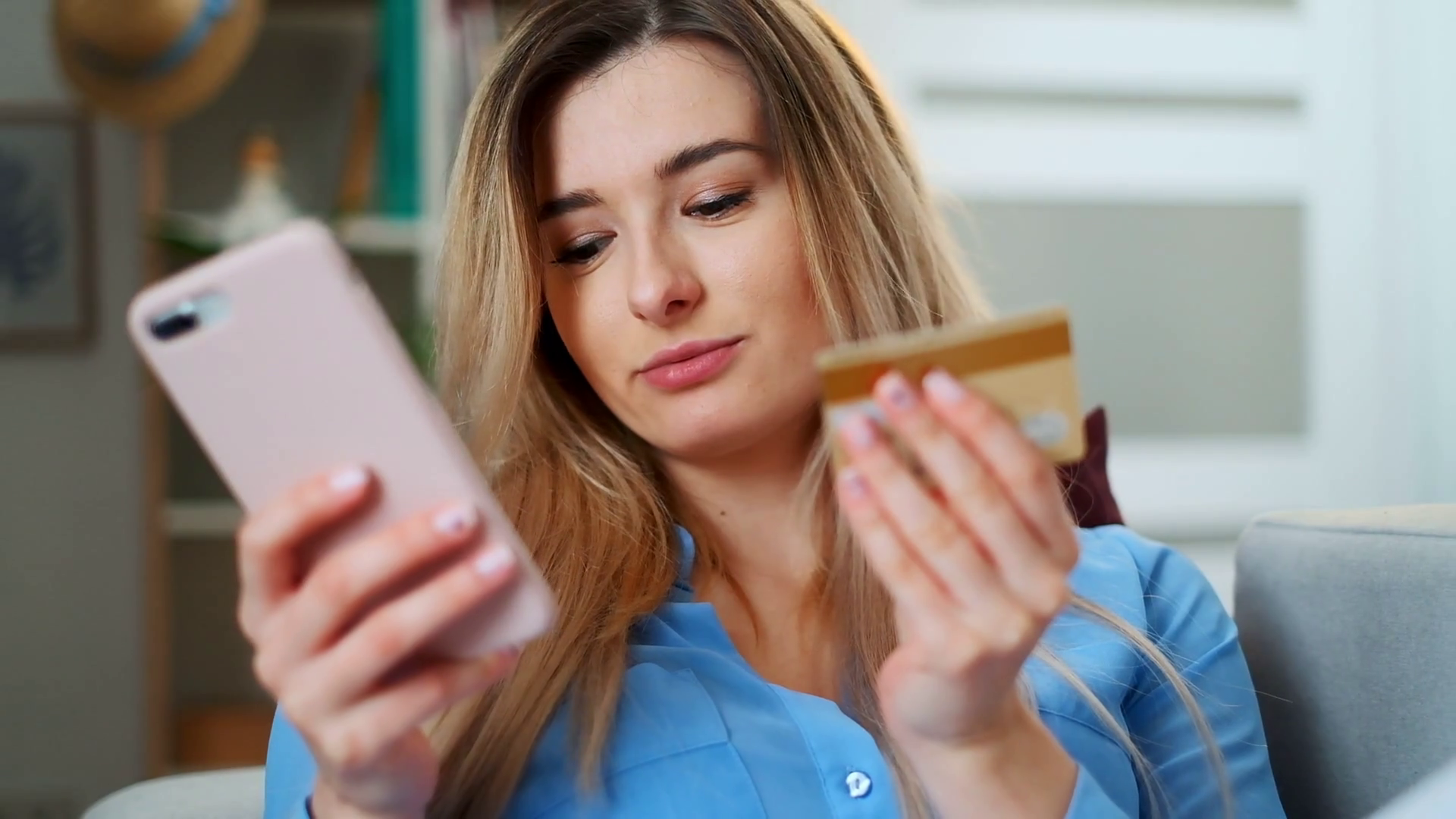RIO DE JANEIRO, BRAZIL – When her bar had to close its doors because of the pandemic, Andréia Farias wondered what she was going to do to earn an income, all the more so because she was spending money to remodel her home.
She is also an architect and interior designer and an expert in digging up antiques. Looking around, she soon realized: why not sell the items she has been collecting for years?
It was then that, for the first time, Andréia sold something online through her Instagram account. She doesn’t have a website, she doesn’t have a store on the internet. But every Saturday, she posts some objects on her Stories.

Before 24 hours, which is the time the post is online, she has already sold everything she posted. The customers come from various states, all by word of mouth. And now she can’t wait for the antique markets to be back on the streets of São Paulo so she can look for more and sell more.
Andreia is not alone in this journey. One-third of Brazil’s economically active population began using their smartphone to increase their income during the coronavirus pandemic, according to a Bain&Company survey commissioned by Google. All of these people have sold products on social media or specialized websites, taught online classes, or started delivering their products through apps.
Brazilians‘ first time in the digital world was widespread. In all, 34 percent of consumers made their first food delivery order using an App, 44 percent completed an online banking transaction and 46 percent watched a live stream for the first time. The data also shows that it is mainly through cell phones that Brazilians connect.
A little over half of the people exclusively use their mobile phones to access the internet. In states such as Acre, Piauí, and Sergipe, over 70 percent of the digital population uses only their smartphone to connect. In the lower classes, this percentage explodes. In segments D and E, for instance, 83 percent of people connect only through their cell phones.
The survey’s goal, according to Maia Mau, chief marketing executive of Google’s partnerships, was to determine whether the company is achieving its mission of democratizing the Internet through Android, the operating system that makes most smartphones work.
Two systems control the world’s cell phones today: Android and Apple’s iOS. iOS only runs on iPhones, which cost between R$1,400 (US$280) and R$6,500, according to Bain’s survey. Virtually all other cell phone brands use Android, which is an open system, and in Brazil, it can be found on cell phones that cost from R$290, as some Positivo’s smartphones models are priced, up to R$7,200, which is the price of Samsung’s latest model.
Bain’s data shows that the business generated by Apps and by sales through Android system cell phones was R$136 billion in 2019, in sectors that employ 630,000 people.
These are the systems that allow Apps to run on cell phones and can be downloaded by anyone. There is currently a major debate over the dominance of only two companies in this digital world, since both charge up to 30 percent of the revenue raised by Apps by being downloaded from their stores.
In some cases these percentages are lower, in others, they are not even charged, but both Apple and Google do not disclose how they decide on this charge. Those who are doing business in the virtual world need to be aware of these fees, either when they open a store through social media (which can pass on this cost) or when they develop a new App.
In any case, consumers are part of this world, more than ever since the pandemic. In addition to the data already mentioned, it should also be noted that other sectors have seen new consumers since the start of social isolation: 28 percent attended their first online course, 17 percent made their first virtual medical appointment and 19 percent used online work software.
“The increase of people performing the mentioned activities for the first time is observed in all social classes and age brackets, emphasizing the relevance of the new forms of use. This highlights the trend that many of the changes observed in this pandemic period have come to stay,” says the study prepared by Livia Moura and Gustavo Camargo, from Bain.
“Furthermore, most consumers believe that they will maintain their new activities after the end of the isolation period, in particular, the use of online banking and food delivery services,” Bain said.
Source: Veja

